EDIT:
If you want a line plot as well, it is better to generate the histogram with numpy and then use that information also for the line:
from matplotlib import pyplot as plt
import numpy as np
angles = [98.1706427, 99.09896751, 99.10879006, 100.47518838, 101.22770381,
101.70374296, 103.15715294, 104.4653976, 105.50441485, 106.82885361,
107.4605319, 108.93228646, 111.22463712, 112.23658018, 113.31223886,
113.4000603, 114.14565594, 114.79809084, 115.15788861, 115.42991416,
115.66216071, 115.69821092, 116.56319054, 117.09232139, 119.30835385,
119.31377834, 125.88278338, 127.80937901, 132.16187185, 132.61262906,
136.6751744, 138.34164387, ]
hist,edges = np.histogram(angles, bins=20)
bin_centers = 0.5*(edges[:-1] + edges[1:])
bin_widths = (edges[1:]-edges[:-1])
plt.bar(bin_centers,hist,width=bin_widths)
plt.plot(bin_centers, hist,'r')
plt.xlabel('angle [$^\circ$]')
plt.ylabel('frequency')
plt.show()
this looks like this:

If you are not interested in the histogram itself, leave out the line plt.bar(bin_centers,hist,width=bin_widths).
EDIT2:
I don't really see the scientific value in a smoothed histogram. If you increase the resolution of the histogram (the bins parameter in the np.histogram command), it can change quite considerably. For instance, new peaks may occur if you increase the bin count, or two peaks may merge into one if you decrease the bin count. Keeping this in mind, smoothing the histogram curve suggests that you have more data than you do. However, if you really must, you can smooth a curve as explained in this answer, i.e.
from scipy.interpolate import spline
x = np.linspace(edges[0], edges[-1], 500)
y = spline(bin_centers, hist, x)
and then plot y over x.
